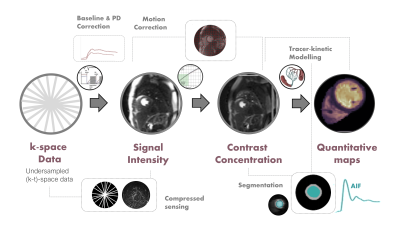ISMRT Education Session
Multilingual Session: Portugal & Brazil
ISMRM & ISMRT Annual Meeting & Exhibition • 10-15 May 2025 • Honolulu, Hawai'i

| 13:40 |
 |
Non-Invasive Quantification of Cerebral Hemodynamics/Quantificação
Não Invasiva da hHemodinâmica Cerebral
Andre Paschoal
Impact: This talk will cover the principles of arterial
spin labeling (ASL) physics, from the basics to recommended
settings, as well as novel alternatives that allow for the
extraction of advanced perfusion parameters. Finally,
applications in epilepsy and multiple sclerosis will be
illustrated.
|
| 14:10 |
 |
Quantification of Cardiac Perfusion During Rest & Stress (Before
& After Fado/Samba) Quantificação De Perfusão Cardíaca Em
Repouso E Esforço (Depois Do Fado E Samba)
Teresa Correia
Impact:
[EN] Introduction to quantitative first-pass perfusion cardiac MRI (pCMR) strengths and challenges. [PT] Introdução aos pontos fortes e desafios da ressonância magnética cardíaca de perfusão de primeira passagem (MRCp) quantitativa. |
| 14:40 |
Muscle Quantitative MRI
Ericky Caldas de Almeida Araujo
Impact: Quantitative Muscle MRI enhances disease
assessment by overcoming qualitative MRI limitations. This
lecture covers muscle architecture, pathology, and key
quantitative MRI techniques, leading to non-invasive,
high-specificity tissue characterization.
|
The International Society for Magnetic Resonance in Medicine is accredited by the Accreditation Council for Continuing Medical Education to provide continuing medical education for physicians.